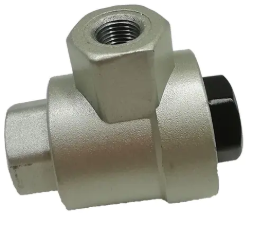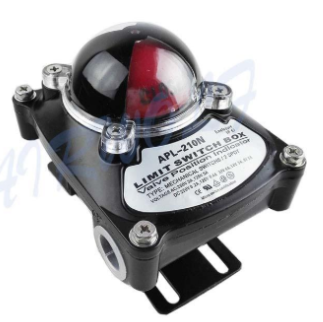lv-pneumatic
Pneumatic industry,Diaphragm Valves of Bag House Filter, Personalized Customization

Pneumatic transmission for pneumatic component is a form of power transmission, but also a kind of energy conversion device, pneumatic component uses the pressure of gas to transfer energy, compared with mechanical transmission, pneumatic component has many advantages, so in the last ten years the development speed of pneumatic component in the world is very fast.
At present in many areas of the national economy, such as machine tool industry, engineering machinery, metallurgy, light industry and national defense department application, pneumatic component is becoming more and more widely, with the development of modern science and technology of pneumatic hydraulic technology, pneumatic component has become a specialized application technology, at present, the pneumatic components, hydraulic components has gradually standardization, standardization, seriation.
Pneumatic transmission of power transfer media comes from the inexhaustible, air pollution is small, easy engineering implementation, so the air pressure drive a hydraulic drive, and pneumatic component is a kind of easy popularization applications of industrial automation technology, in recent years, pneumatic technology has gained tremendous rise in mechanical, chemical, electronics, electrical, textile, food, packaging, printing, light industry, automobile and other industries, especially in a variety of automated production equipment, which greatly improves the production efficiency and product quality of manufacturing, as an important mechanical basis of the application of pneumatic and hydraulic actuators, pneumatic component brings widespread industry around the world,
Pneumatic industry has become one of the fastest growing industries in industrial countries. On the other hand, the market demand and the rapid development of automation technology also promote the continuous development of pneumatic technology.

Pneumatic actuators as common actuators in pneumatic systems are air cylinders and air motors.
Pneumatic cylinder is used to achieve linear reciprocating motion, output force and linear displacement.
Gas motor terms to achieve continuous rotary motion, output torque and angular displacement.
1. Classification of pneumatic cylinder is mainly composed of cylinder, piston rod, front and rear end covers and seals. There are many types of pneumatic cylinder, and the classification method is different. Generally, it can be classified according to the direction, structure characteristics and installation form of compressed air acting on the piston end face.
2. Take the double-acting pneumatic cylinder shown in the working principle of pneumatic cylinder as an example. The so-called double action means that the reciprocating motion of the piston is pushed by compressed air. In the power cylinder with a single piston rod extended, because the area on the right side of the piston is relatively large, when the air pressure acts on the right side, there will be a slow working stroke and a large working force. On the return stroke, due to the smaller area to the left of the piston, the speed is faster and the force is less.
This kind of cylinder is most widely used in packaging machinery, food machinery, processing machinery and other equipment.
1) Choose the structure and installation mode of cylinder according to the working task's requirements on the mechanism movement.
The reasoning and tension of piston rod are determined according to the force required by the working mechanism.
3) Determine the itinerary according to the task requirements of the working organization. Full stroke is generally not used.
4) Cylinder working speed is recommended to run at 0.5-1m/s, and select pipeline and control components according to this principle.
A pneumatic component from pneumatic component manufacturer does work through the pressure of a gas or the force generated by expansion and converts the elastic energy of compressed air into kinetic energy, such as pneumatic cylinder, pneumatic motor, steam engine and so on.
Pneumatic element is a form of power transmission, also as an energy conversion device, using gas pressure to transfer energy.
Advantages of pneumatic components:
1. Pneumatic device is simple in structure, light in weight, simple in installation and maintenance.
The medium is air, compared with the hydraulic medium is not easy to burn, so the use of safety.
2. Working medium of pneumatic components is inexhaustible air, air itself does not cost money. Exhaust treatment of pneumatic components is simple, does not pollute the environment, low cost.
3. Adjustment of output force and working speed is very easy for pneumatic components sytem. Cylinder movement speed is generally less than 1M/S, faster than the hydraulic and electrical mode of movement speed.
4. High reliability and long service life of pneumatic components. Number of effective actions of electrical components is about one million times, and the life of the general solenoid valve is more than 30 million times, some good quality valves more than 200 million times.
5. Make use of compressibility of air to store energy and realize centralized air supply. Pneumatic components can release energy in short time to obtain high speed response in intermittent movement. Buffering can be implemented for pneumatic components, with strong adaptability to shock load and overload. Under certain conditions, pneumatic tools can have self - retaining capability.
6. Full pneumatic control with fire, explosion-proof, moisture-proof ability. Compared with hydraulic mode, pneumatic mode can be used in high temperature occasions.
7. Due to small air flow loss, compressed air can be centrally supplied and transported long distance.
Copyright © 2025 LV-pneumatic. | All Rights Reserved